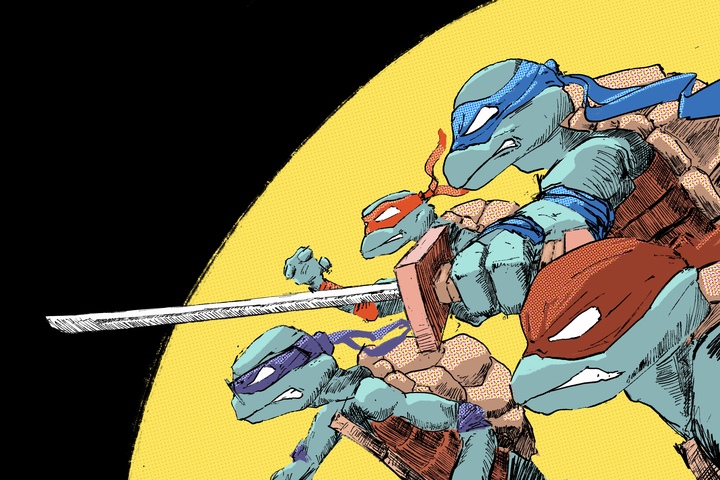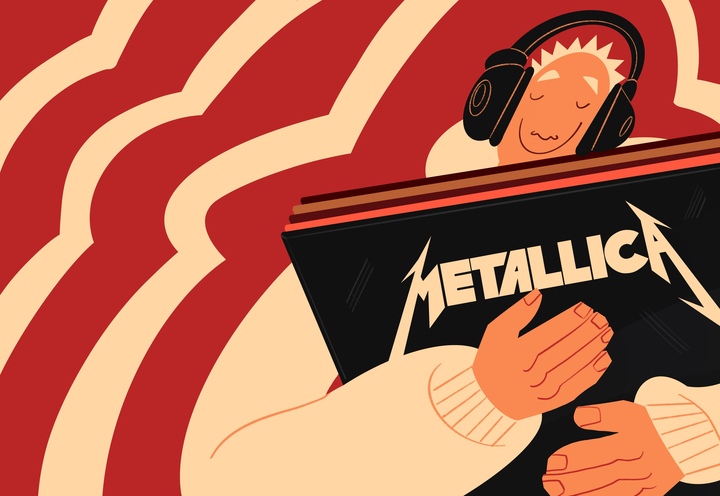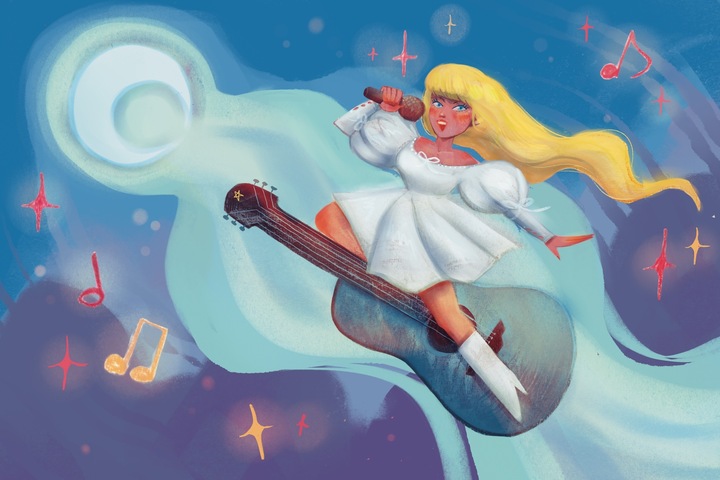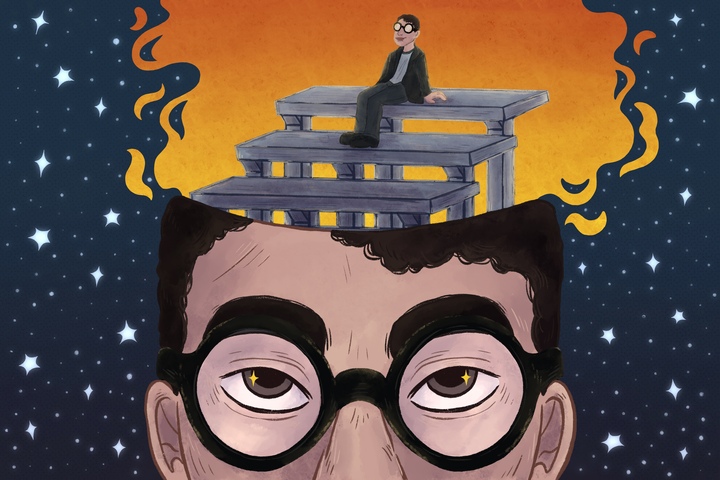Written by Jacob Daniel
In the seventh big-screen outing of Teenage Mutant Ninja Turtles, the iconic quartet of Leonardo, Donatello, Raphael, and Michelangelo, known for their crime fighting and lively personalities, have undergone a notable visual evolution. Over the years, they’ve transitioned from foam latex costumes by Jim Henson’s Creature Shop to CGI creations that have continuously adapted their appearance. In “Teenage Mutant Ninja Turtles: Mutant Mayhem,” they’ve taken on a fresh, animated look, resembling hand-drawn characters with vibrant marker colors and intricate ballpoint pen details.
This departure from their earlier attempts at realism no longer aims to emulate mutated terrapins turned human-sized beings. Instead, the turtles now exude a playful, cartoonish charm, reminiscent of doodles a kid might sketch during a boring class – a perfect homage to their origins as superhero comic parodies. Their appearance has never been more appealing.
Furthermore, the turtles have been given a youthful twist, leaning into their “teenage” aspect. The film, directed by Jeff Rowe of “The Mitchells vs. the Machines” fame, features a young voice cast, including Nicolas Cantu, Micah Abbey, Brady Noon, and Shamon Brown Jr., portraying characters eager to emerge from the sewers and enroll in high school. April O’Neil, a TV reporter, has also been reimagined as a young, aspiring journalist on a scooter, guided by the goal of reinstating her canceled prom to reclaim her status. These choices infuse the movie with a delightful coming-of-age narrative, intertwining the themes of growing up and saving the world.
In this version, the turtles’ mentor, Splinter, played by Jackie Chan, embodies an overprotective guardian who’s been scarred by his encounters with humanity. Despite their training, the turtle brothers have never faced a genuine threat until the film’s events unfold. Their initial pursuit of the mysterious robber, Superfly (Ice Cube), is motivated by personal agendas. Their plan revolves around April, their newfound human friend, documenting their victory over the villain to gain acceptance from a city that often views them as monsters.
However, their quest takes an unexpected turn when they discover that Superfly is not just a criminal but an actual fly, leading a group of mutant misfits, including characters like Bepop (Seth Rogen), Rocksteady (John Cena), Leatherhead (Rose Byrne), Wingnut (Natasia Demetriou), Mondo Gecko (Paul Rudd), and Ray Fillet (Post Malone). These mutants share a common desire for acceptance, albeit through a more drastic approach – turning others into mutants to become the majority.
“Mutant Mayhem,” written by Jeff Rowe in collaboration with producers Seth Rogen, Evan Goldberg, Dan Hernandez, and Benji Samit, occasionally exudes a laid-back ’90s hip-hop vibe, which may seem oddly relaxed for a movie intended for both children and adults. Nonetheless, the film’s charm is undeniable. The turtles’ witty banter and pop-culture references make for endearing exchanges, while the film’s visual aesthetics maintain an enchanting quality, evoking the craftsmanship of handmade creations. Much like the “Spider-Verse” movies, “Mutant Mayhem” showcases the full potential of animation, building up to a chaotic finale that draws inspiration from kaiju films and New York comedies of the past.
This climactic act thrives in the animated medium, offering a joyous spectacle that encapsulates the unique essence of animation. Despite the labor challenges the industry has faced, the dedication of talented artists shines through. Films like “Spider-Verse,” with its Ben Day dots, and “Mutant Mayhem,” with its hand-drawn features and attention to detail, has brought new life and warmth into the film industry, invoking a sense of nostalgia that can’t be overlooked.



